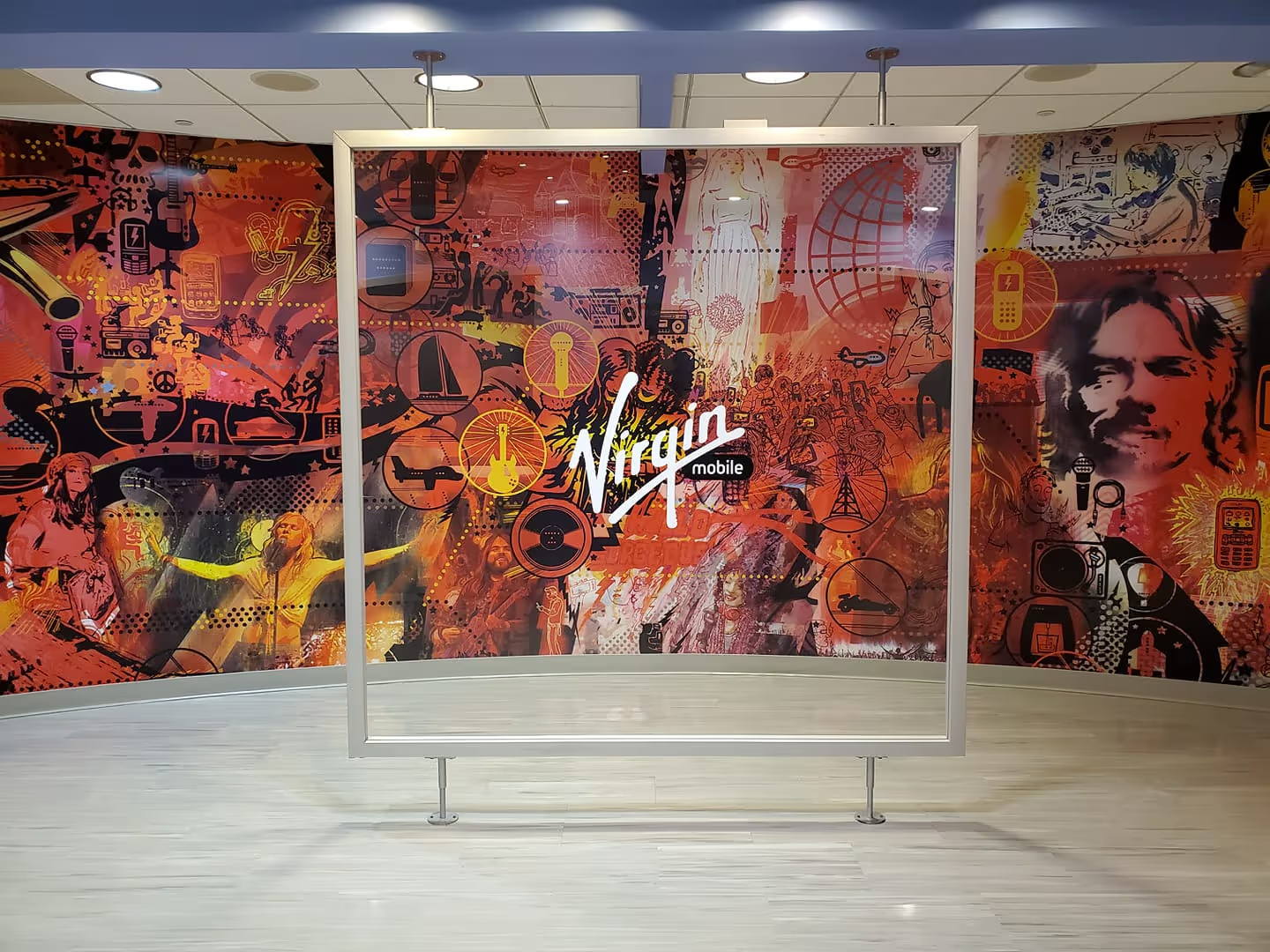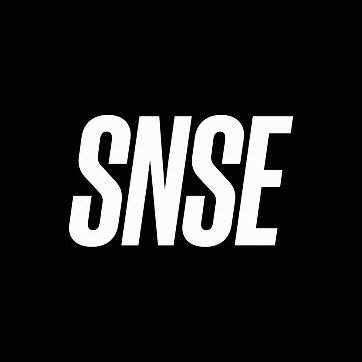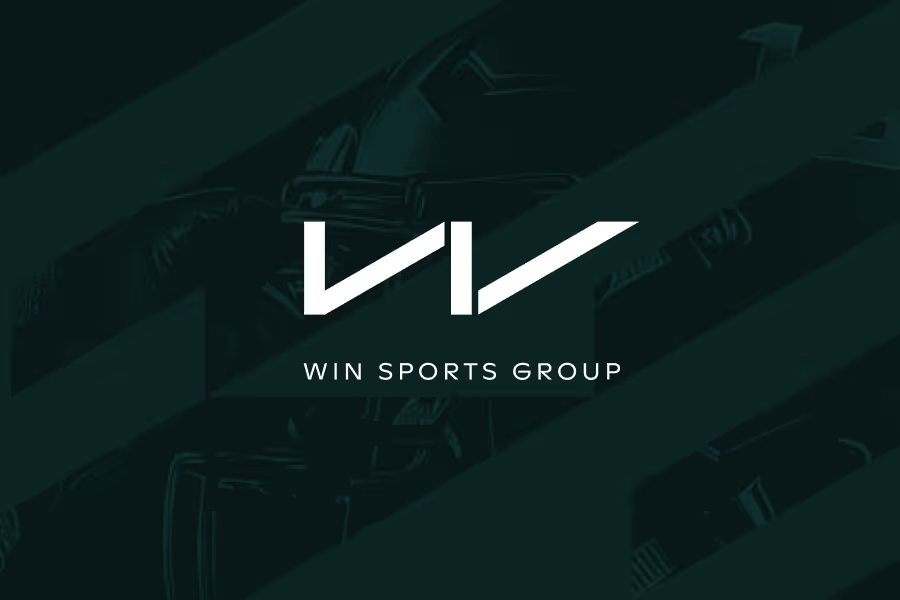Matt Berberian, Co-Founder and Head of Creature
Matt has nearly 25 years experience leading brand and product development at Fortune 500 companies like MetLife, Virgin Mobile, and Amex, has founded several startups, and built 25madison’s flagship venture studio - incubating companies at the earliest stages.
Companies that consider product, experience, and brand when solving business challenges outperform laggards by 3.4 times.
That’s why we focus on the intersection of the three - a triad that drives value creation for our clients. An approach I’ve been lucky enough to build and see firsthand over 20 years ago when working at Virgin (more on that below).
Now that triad is coming true more than ever.
Traditional agencies that focus on one specialty are facing extinction.
Products are built in days not months, experiences are drawn from toolkits and templates, and brands are becoming more vanilla and ubiquitous. Focusing on just one, while maybe easier, restricts our ability to generate the most creative, substantive, value generating ideas for our clients.
I’ve seen this triad play out successfully time and time again.
Here’s the 20+ years story behind how the triad of Product, Experience & Brand became the Creature approach today.

A long(ish) time ago…
In 2004, I moved from a small digital agency to work for Virgin Mobile - a well funded joint venture between Virgin and Sprint (remember Chrismahanukwanzika?). At 25 years old, I was over the top excited to work for a startup - the same parent company who signed the Rolling Stones and The Smashing Pumpkins during my childhood - and now sponsored the VMAs and had the Slider V5, the coolest phone a teenager could get their hands on (and didn’t need their parent’s permission to do it).
At the same time, the field of “User Experience Design” was just forming, and mobile interfaces were transitioning from carrier walled gardens to the mobile web - years before iPhone.
I was personally interested in human factors - how design and behaviors could impact real outcomes. Through that interest I had met a researcher, Bruce Temkin, who was at the onset of forming the “Customer Experience” research practice at Forrester. He crafted (and later proved) through his Customer Experience Index (CxPi) that the harmony between meeting needs (usefulness), being easy to work with, and being enjoyable would have an outsized impact on enterprise value.
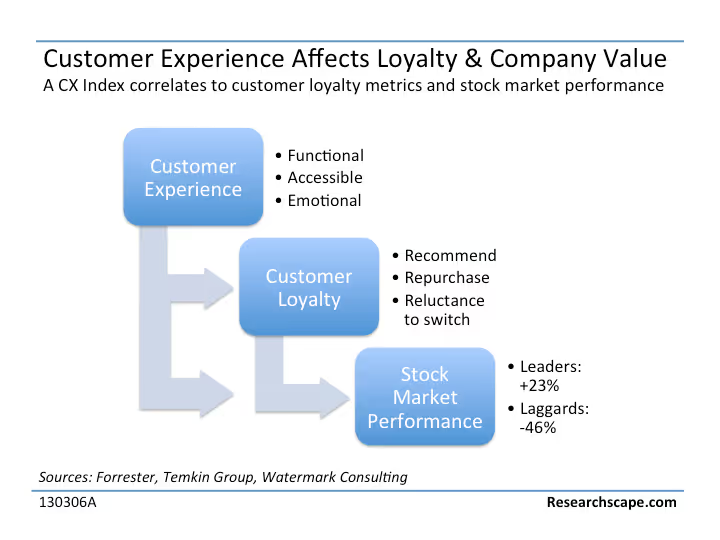
Virgin Mobile was itself an incredible experience - it’s why I have lifelong career relationships today. One of the many things that made it special was the ability to experiment - among even the youngest team members. So, maybe selfishly (because the idea came with a promotion from Manager to Director,) I came up with a plan to create Virgin’s first “User Experience” team - but I needed a business case that proved why we needed the team (we already had a product team, a brand team and a web team).
The business case connected the pieces together.
As a mobile carrier, we were focused on the metrics of Gross Ads, Average Revenue per User (ARPU) and Churn.
That being useful = great product = ARPU
That being easy = great experience = Churn (and operational cost)
That being enjoyable = great brand/content = Advocacy
It was then that the triad formed as the foundation for my future career - a symbiotic relationship between three pillars that achieved remarkable results. This is why Creature considers all three in every project.
Let’s see how this triad drove outsized returns for Virgin Mobile…
Product: Solving Pain Points drives Adoption
A brilliant product isn’t just functional - it’s transformative. A product must solve real-world problems or alleviate a pain point - this utility is the foundation of why a company exists.
Ultimately a product’s utility is measured by its adoption and use (and eventual virality) - and that use is tied to revenue.
At Virgin, this played out through leading the creation of Broadband2Go - the first pay-as-you-go hotspot - where we built a $100M business in less than a year. The value proposition was simple: Mobile internet without signing an annual contract (this was before wifi and hotspots were ubiquitous.)
We solved a pain point, and the customers jumped to us with virtually no marketing.

Experience: Making it Easy Drives Loyalty
User experience extends beyond a product itself. It encompasses every touchpoint—website, customer service, packaging, and more. Customers want frictionless experiences. From browsing to checkout, every step should be intuitive.
At Virgin, we connected experience to satisfaction, churn and cost savings.
We used a data-oriented approach to make changes to the experience, with every change supported by business cases.
A simple example I remember designing is a prompt for credit cards during the activation flow. The sales and customer service teams were concerned that adding this prompt would create friction in the activation experience, potentially hurting acquisition. As an experience designer, I learned through this exercise that sometimes friction is beneficial. While we sacrificed the experience at that moment, it made the customer’s experience much easier for every month thereafter.
So, we pushed forward with an experiment, starting with 10% of users and then expanding to everyone. Customers who activated their card with the additional prompt were happier, stayed on as customers for six months longer, and called customer service 50% less.
From a bottom-line perspective, that simple change—just adding one screen—made the company over $20 million per year.
Brand: The Secret Multiplier of Enjoyment
When a brand is well-crafted, it becomes a beacon, guiding people toward a shared purpose - and in Virgin’s case, it was being the outlaw - that BILLS SUCK. But hey, YOU RULE. Virgin Mobile gave power to the people (in our case those that big carriers pushed aside).
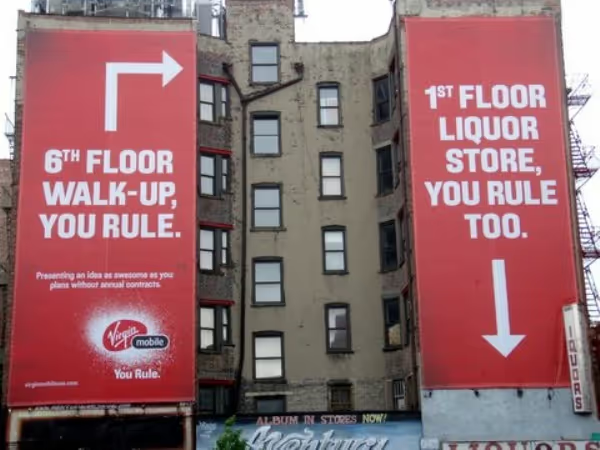
Prior to Virgin, I never considered a brand’s role in product design or human factors. To me, human factors were interfaces - the functional design - and I wrongly neglected the emotional and empathetic pieces. That when you enjoy something, even as mundane as signing up for a cell phone, you feel better about the product, the experience, the money you spend - and ultimately tell the world about it.
That’s why Brand (and enjoyment) is the “Secret Multiplier”. It can compensate for a subpar product or experience, AND it can become exponential when it aligns harmoniously with the triad - activating your customers into advocates.
Product + Experience + Brand
My journey at Virgin Mobile crafted how I view this triad today: recognizing the transformative power of considering product, experience, and brand in unison. And it keeps working time and time again - from the Fortune 50 to the startup the world hasn’t yet seen - when all three align seamlessly, magic happens.
As a creative agency, our role is to connect the pieces of the triad - empowering companies to deliver outsized returns—financially, culturally, and socially.
So, let’s focus on all three:
- Create a product that solves pain,
- Deliver an experience that is easy,
and - Design a brand that sparks joy!
A final note: Virgin Mobile was a special experience because of the people. It's no wonder that we still are in touch, still having reunions, can call in a favor any time - to any one. Nothing mentioned in this article was built without the team - for which I'm truly grateful.



